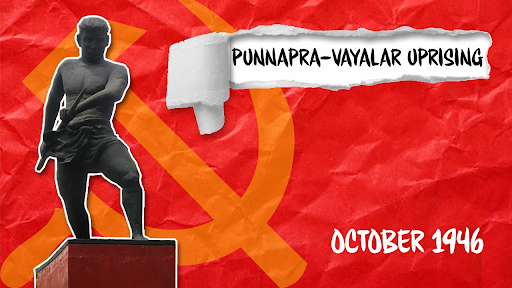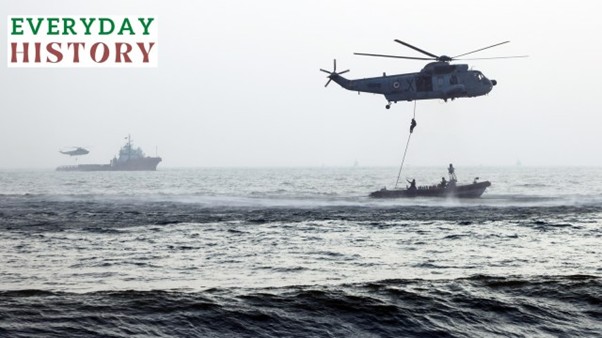



The Punnapra-Vayalar insurrection of October 1946 was a communist-led revolt against the Travancore Kingdom's government and Diwan C.P. Ramaswami Iyer.

Copyright infringement not intended
Source: Youtube
V.S. Achuthanandan, a communist legend who died at the age of 101, was one of the last living leaders of Kerala's historic Punnapra-Vayalar rebellion in 1946.
The Punnapara-Vayalar revolt was a coordinated working-class uprising in the Princely State of Travancore, British India. It was directed against the authoritarian rule of Prime Minister C. P. Ramaswami Iyer and the oppressive state administration.
(a) A rare movement where the working class rose in direct opposition to the ruling government.
(b) United people from all social and religious backgrounds against a common oppressor, fostering communal harmony and solidarity.
(c) Played a pivotal role in ushering democracy into Travancore and marked a decisive shift in the region’s political landscape.
Source: The Hindu
Practice Question:Q. The Punnapra-Vayalar revolt (1946) in Travancore is significant because:
Which of the statements given above is/are correct? A) 1 and 2 only Answer:A) 1 and 2 only Explanation:
|


© 2025 iasgyan. All right reserved